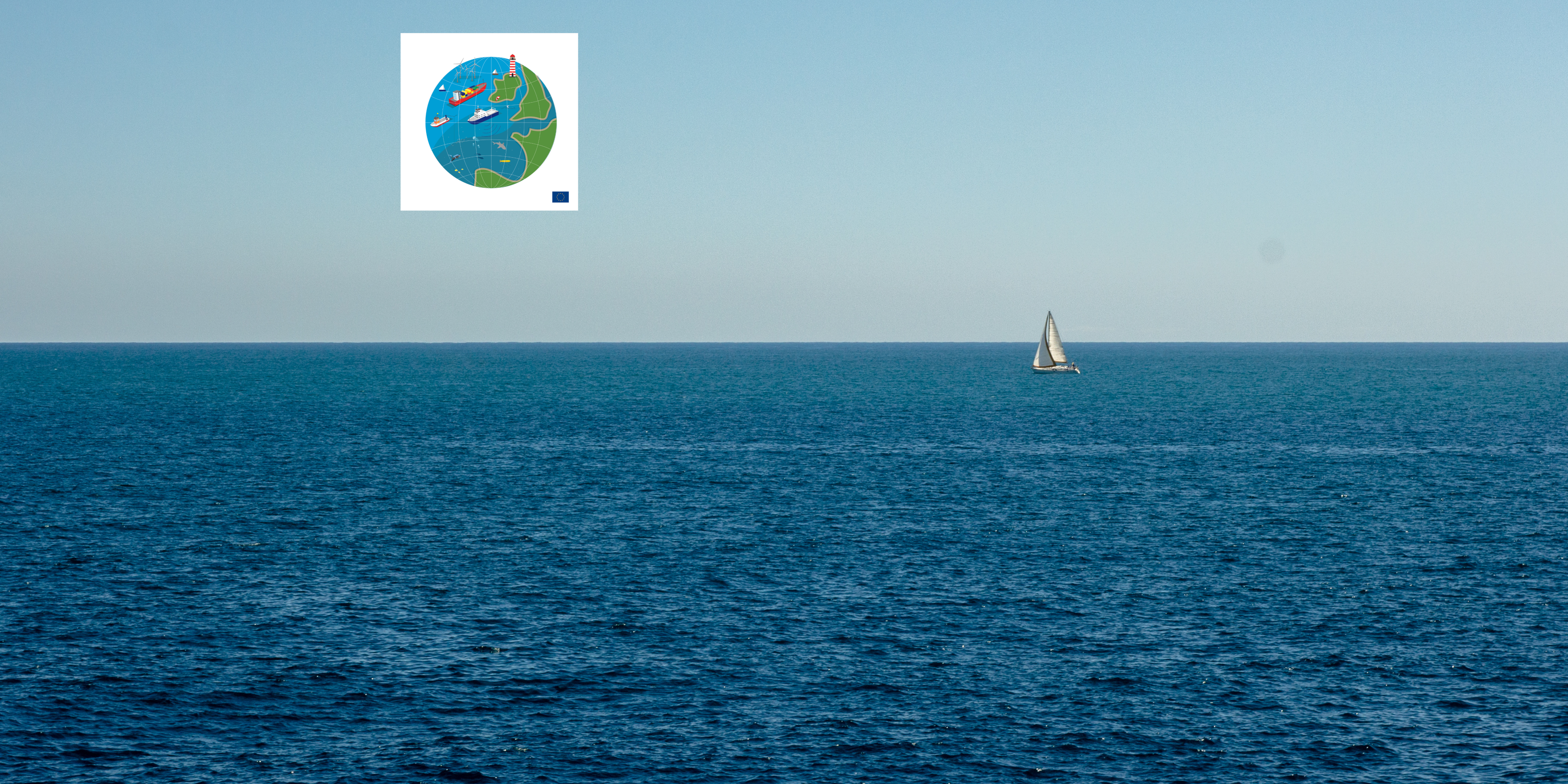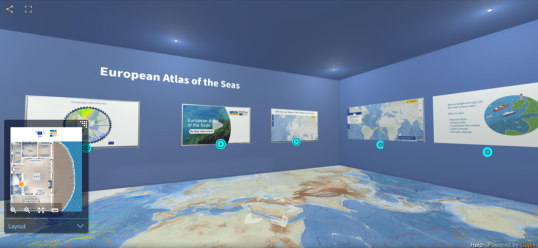The European Atlas of the Seas provides information about Europe’s marine environment. Users can view predefined and ready to use maps, covering topics such as environment, tourism, security, energy, transport, litter, sea bottom, fishing activity, aquaculture, and much more.
Users can also benefit from an enriched catalogue with more than 275 map layers, covering a wide range of topics, to explore, collate and create their own maps. These maps can be printed, shared and embedded in articles or presentations. The Atlas is the ideal tool for schools, researchers and professionals, or anyone wishing to know more about the European seas and its coastal areas.
Dive into the European Atlas of the Seas
Stay on board! Do not miss what is happening. Follow us on Twitter!
Each week, a new “Map of the week” highlighting an interesting map layer is showcased in the Maritime Forum. Dive in and explore your Ocean!
Teachers' corner
Are you a teacher or an educator interested in ocean literacy? The teachers’ corner of the European Atlas of the Seas contains exercises for different age groups as well as communication tools. It is an open platform where you can find and share information, educational material, inspirations and much more!
Discover our teaching resources
Visit the Atlas Overview and Watch the Atlas video tutorial
|
New: Visit the EMODnet Virtual Exhibition!
|
Latest Maps of the Week
Map of the Week – Biodiversity
This predefined map composed of three overlapping map layers—Marine Natura 2000 sites, Marine Protected Areas and Coralligenous Habitats— provides information relating to biodiversity.
Map of the Week – Marine litter and World Cleanup Day
This map shows the median number of cigarette related litter items per beach per year along 100 metre segments of the European beaches.
Map of the Week – Education – Network of European Blue Schools
This map shows schools that are members of the Network of European Blue Schools. The Network of European Blue Schools is part of the EU4Ocean Coalition.
Map of the Week – Rivers and Lakes
This map shows the main European rivers and lakes.
Map of the Week – Developing Skills for the Blue Economy – Coastal Tourism
Organised by the Blue Generation Project, the Blue Generation Conference was held on 5 July 2023 in Brussels. The Blue Generation project aims to empower and engage young people in pursuing a blue career to support the sustainable development and conservation of marine and coastal environments in...
Map of the Week – Coralligenous Habitats
Across the 46,000-km long coastline, the Mediterranean coastal seascape hosts as much as 18% of all known marine species—within which 20-30% are endemic—and contributes to about 30% of the global tourism [1,2]. However, the unique marine biodiversity of the Mediterranean Sea is facing growing...


